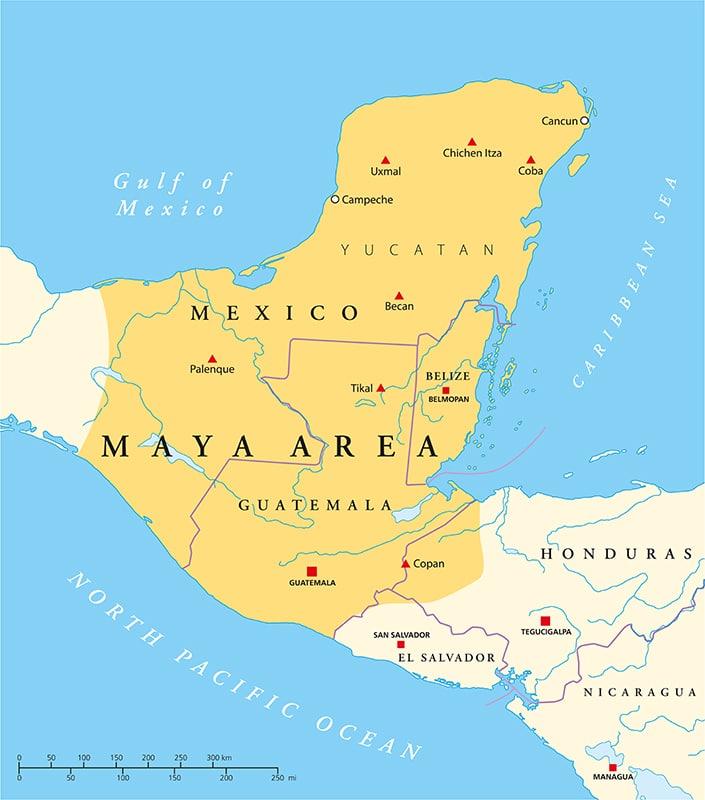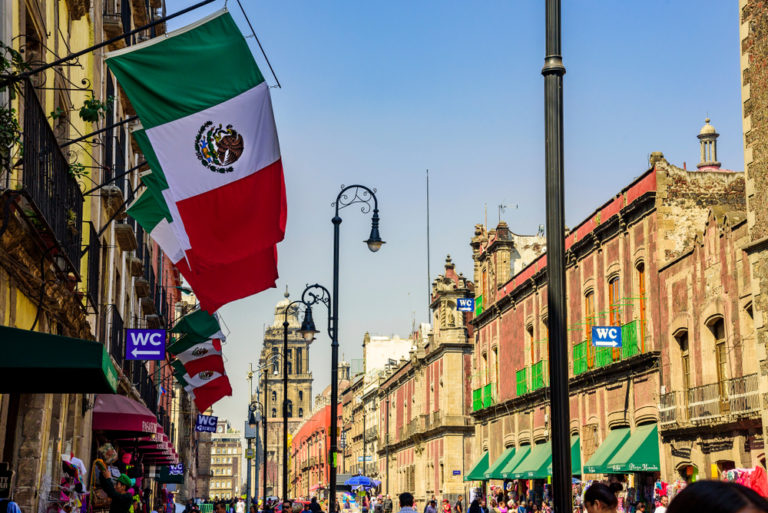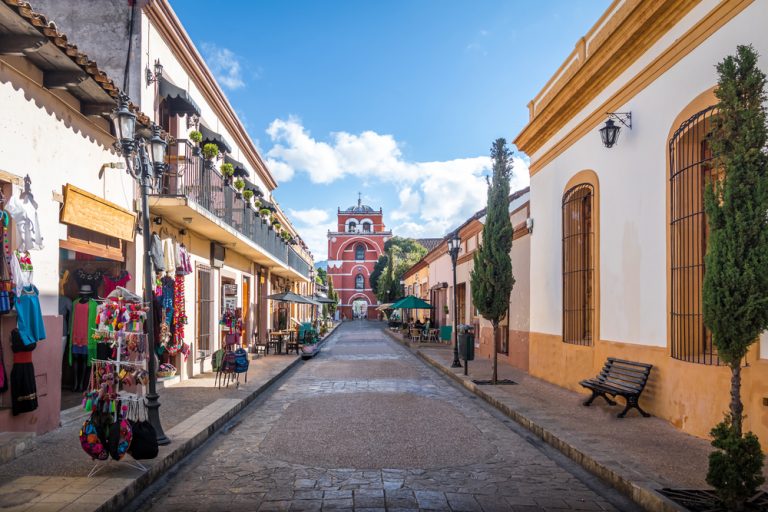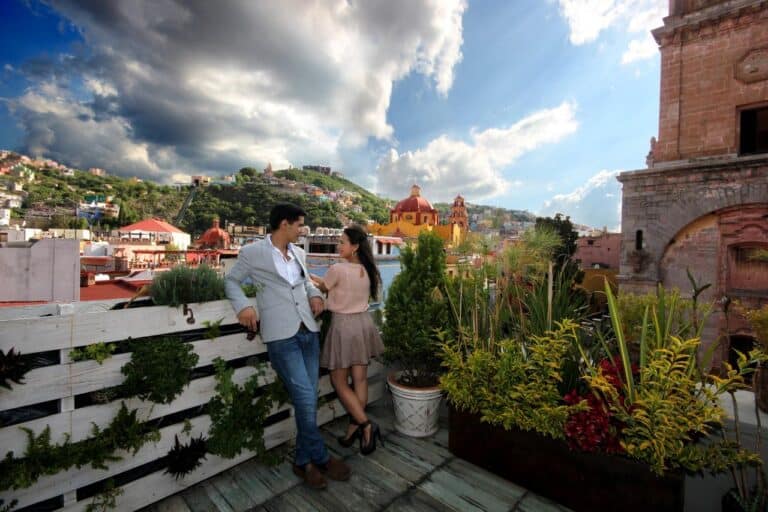Exploring Mapimi Durango: A Paradise for Nature Enthusiasts
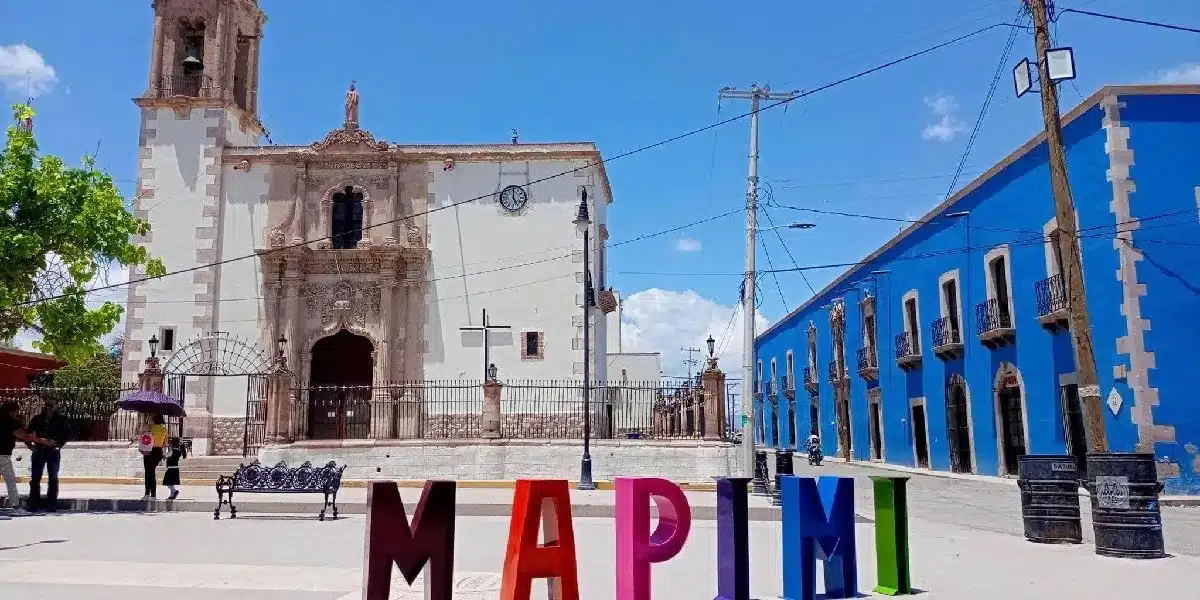
Mapimi Durango has a fascinating history to tell and some interesting attractions to show. This Magical Town is located in the northeastern sector of the state.
It is named after the Bolsón de Mapimi, the desert region that extends between Durango, Coahuila, and Chihuahua.
Mapimi was declared a Mexican Magical Town to promote the tourist use of its valuable heritage.
Mapimi is a place of cultural and historical interest due to its link to the Camino Real de Tierra Adentro that connects Mexico City with Santa Fe, New Mexico, and because of its past in the mining of precious metals, a period of which important testimonies remain.
Mapimi Durango: Background

The Mapimi desert was inhabited by Tobosos and Cocoyomes Indians when the conquistadors arrived.
The Spaniards left Cuencamé on an exploratory trip in search of precious minerals and found them in the Sierra de la India, founding the colonial settlement of Mapimi on July 25, 1598.
The town was destroyed several times by the Indians until it was consolidated by its mining wealth, prosperity that grew until 1928 when the main mine was flooded, cutting off the primary economic livelihood.
Climate
The coolest period in Mapimi is from November to March when the average temperature varies between 13 and 17° C (55° and 63° F).
The heat begins in May, and between this month and September, it stays in the range of 24 to 27° C, exceeding 35° C in extreme cases.
Also, in winter, frosts can reach 3° C. Rainfall is very scarce in Mapimi; barely 269 mm fall per year, with August and September being the months with the highest probability of precipitation.
Where is Mapimi Durango?
The closest major city to Mapimi is Torreón, Coahuila, 73 km away, traveling north towards Bermejillo and then west towards the Pueblo Mágico on Mexico Highway 30.
Durango city is 294 km from Mapimi, traveling north on Mexico Highway 40D.
As to other capital cities of the states bordering Durango, Mapimi is 330 km from Saltillo; Zacatecas is 439 km away, Chihuahua 447 km, Culiacán 745 km, and Tepic 950 km.
The distance between Mexico City and Mapimi is 1,055 km, so the most convenient route to go to the Magical Town from Mexico City is to take a flight to Torreón and finish the trip by land.
10 Top things to see in Mapimi Durango
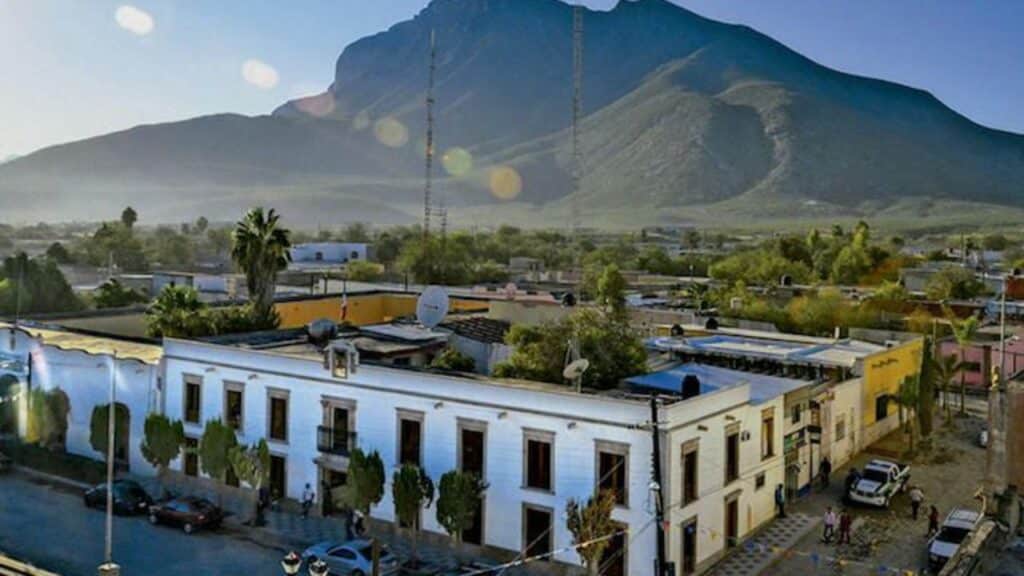
Mapimi’s main attractions are related to the area’s legendary mining past and historical events in the town.
In the vicinity of Mapimi, the Santa Rita precious metal mine was exploited, leaving as testimonies the mine itself, the ghost town, the hanging bridge of La Ojuela, and the hacienda de beneficio.
In the town, two of its mansions were the scene of historical events in the lives of Miguel Hidalgo and Benito Juarez.
Other attractions are the temple of Santiago Apostle, the local cemetery, and the caves of the Rosary.
1. Visit Mapimi’s Santiago Apostle Church
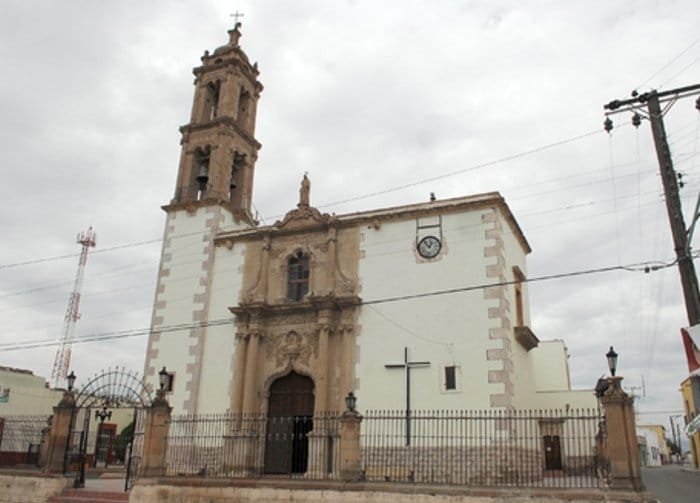
This ornate temple carved in quarry stone with Mudejar details is in front of the Main Square and dates from the 18th century.
The main façade is crowned with a sculpture of Santiago Apostle. The church has a single two-story tower where a cross tops the bells.
In front of Mapimi’s square, next to the temple, there is an old house that keeps a sad and historical memory: Inside, Miguel Hidalgo y Costilla was imprisoned for four days in a wooden cell.
Then, when the “Father of the Mexican Homeland” was transferred to Chihuahua, he was shot dead on July 30, 1811.
In another large house in the Plaza de Armas, Benito Juárez spent three nights on his way north, escaping from the imperial troops pursuing him during the Reform War.
The mansion houses a museum about the history of Mapimi, and one of its most valuable pieces is the bed in which Juarez slept.
The facade of the house preserves the Durango architectural style of the time.
Also displayed are household goods, paintings, historical documents, and old photographs.
2. Explore La Ojuela ghost town

This abandoned mining town is located 26 km from Mapimi, where the church is petrified, waiting for the faithful to come for Sunday mass.
At the same time, among the market ruins, you can still hear the shouts of the vendors offering the best guajolotes (turkeys), beans, and tomatoes.
La Ojuela was next to the Santa Rita mine, and only the vestiges remain of its past prosperity for tourists to appreciate and let their imagination do the work.
3. La Ojuela suspension bridge
This engineering marvel of the Porfiriato era was put into service in 1900 over a 95-meter-deep ravine.
It is 318 meters long and was used to transport the mineral extracted from the Santa Rita mine, the richest in the country.
It underwent a restoration, replacing the original wooden towers with steel ones.
The suspension bridge has spectacular views of the Zone of Silence.
4. Discover the Zone of Silence near Mapimi, Durango
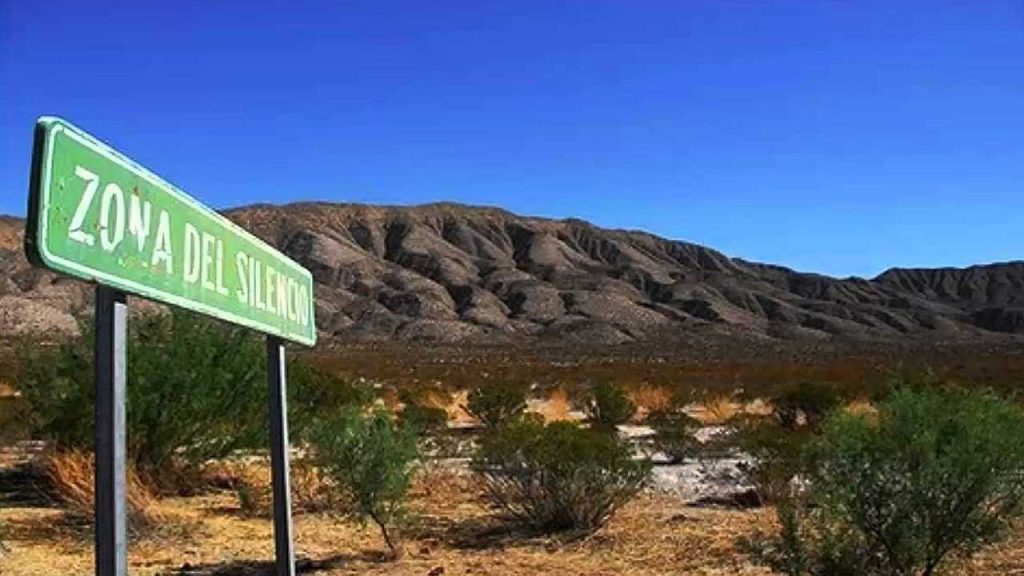
This is the name given to an area located between the states of Durango, Chihuahua, and Coahuila, where there are some paranormal events according to an urban legend.
There is talk of lost tourists whose compass and GPS don’t work, problems with radio transmissions, sightings of unidentified flying objects, and even strange mutations suffered by some species of the local flora.
The area’s geography seems to affect the functioning of electrical and electronic devices.
5. Mapimi Durango and the Santa Rita mine
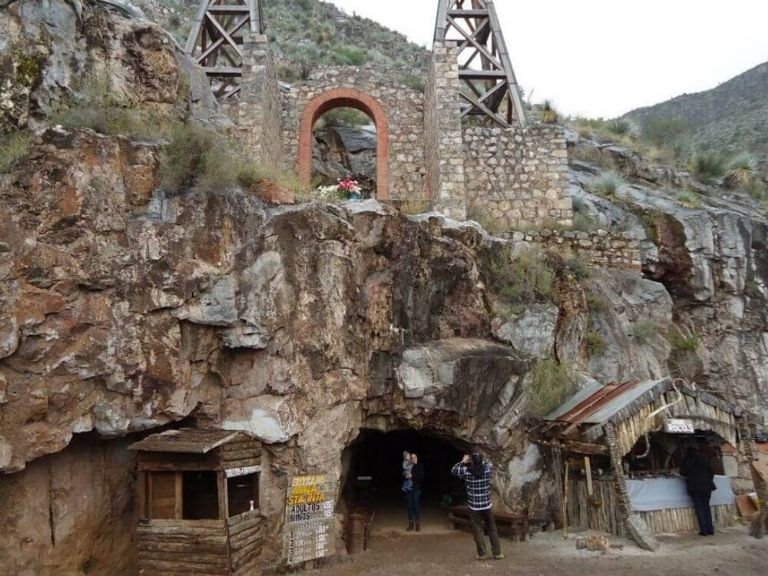
Santa Rita was once the wealthiest mine in Mexico for its gold, silver, and lead veins and had 10,000 workers in its heyday.
In 1928 the mine was flooded by groundwater that broke through, aided by the dynamite used in operation.
After several years of trying to dislodge the water, the mine was finally abandoned, with Mapimi losing its primary source of income.
Can I visit the mine?
Yes, the mine is currently managed as a tourist attraction by a local cooperative coordinating the tour, providing a guide, and charging a small fee.
The tour lasts approximately one hour and is not recommended for claustrophobic people.
The lighting on tour is with flashlights. One of the interesting things you will find on tour is a mule that was mummified due to the particular environmental conditions of the place.
6. Are there still any mining mills in the area?
The mined ore was taken to the beneficiation haciendas, which was the place where it was processed to extract the precious metals.
The workers of the haciendas acquired their provisions in the so-called tiendas de raya, where they were deducted from their salaries for the things they bought, almost always with a balance in debt.
Some ruins of the Hacienda de Beneficio de Mapimi are preserved, including the lintel of the door of the tienda de raya with the initials of the mining company.
7. Mapimi Zip-lines
Three zip lines in front of the Santa Rita mine cross the canyon near the La Ojuela suspension bridge.
Two of the zip lines are 300 meters long, and the other is 450 meters long.
The tours allow you to see the ghost town of La Ojuela and the suspension bridge from above and appreciate the nearly 100-meter-deep canyon.
The zip lines are operated by the same cooperative that offers mine tours.
8. Grutas del Rosario

These caves, located 24 km from Mapimi, contain diverse rocky structures, such as stalactites and stalagmites, and columns formed drop by drop, through the centuries, by the runoff of mineral salts dissolved in the water.
They are about 600 meters long and have several levels in with natural halls to admire the formations.
The Grutas del Rosario have an artificial lighting system that enhances the whimsical appearance of the limestone formations.
9. Visit Mapimi’s cemetery
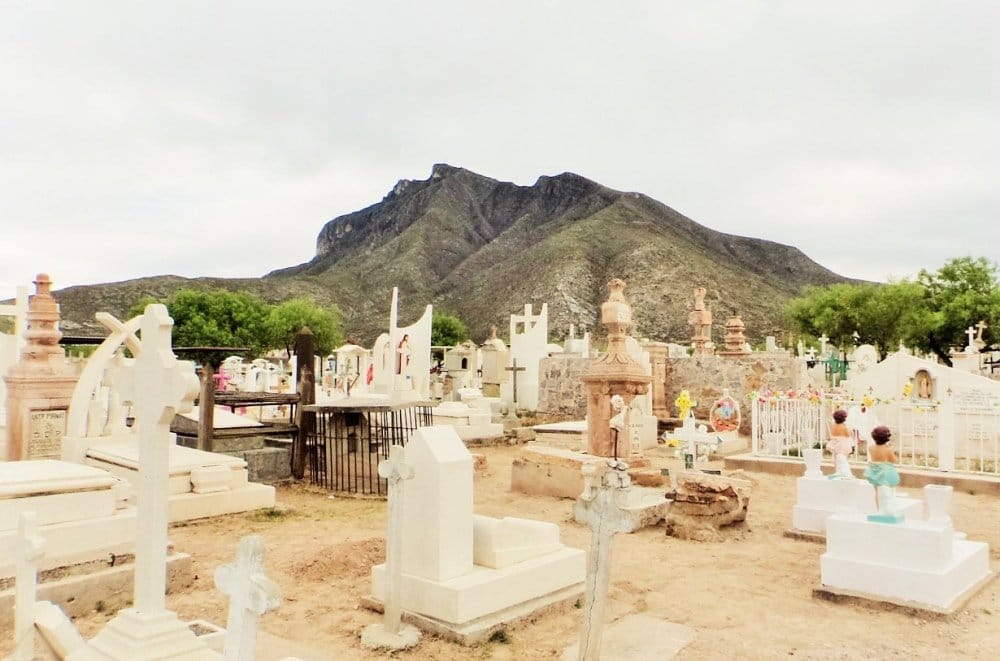
Although they are not usually included among the most attractive tourist sites, cemeteries can show the evolution of architecture and other facets of the life of a place through the splendid mausoleums that the wealthiest families have themselves built.
In the cemetery of Mapimi, there are still samples of the tombs erected for the dead of the families of the English and Germans who were part of the staff of engineers and directors of the mining company Peñoles.
10. Try the food!
The culinary tradition of Durango is marked by the need to preserve food against the inclemency of the weather.
For this reason, dried beef (machaca), deer, and other species, aged cheeses, canned fruits, and vegetables are frequently consumed.
The dried meat stew, pork with zucchini, and pork rinds with nopales are some of the delicacies that await you in Mapimi.
To accompany, hold on tight and drink mezcal from agave cenizo (Durango’s mezcal variety).
Lodging options in Mapimi Durango
Mapimi is in the process of consolidating an offer of tourist services to increase the flow of visitors to the Pueblo Mágico.
- Most tourists who visit Mapimi spend the night in Torreón, a city in Coahuila that is only about an hour away
- On Independencia Boulevard in Torreón is the Marriot
- Fiesta Inn Torreón Galerías
- City Express Torreón



